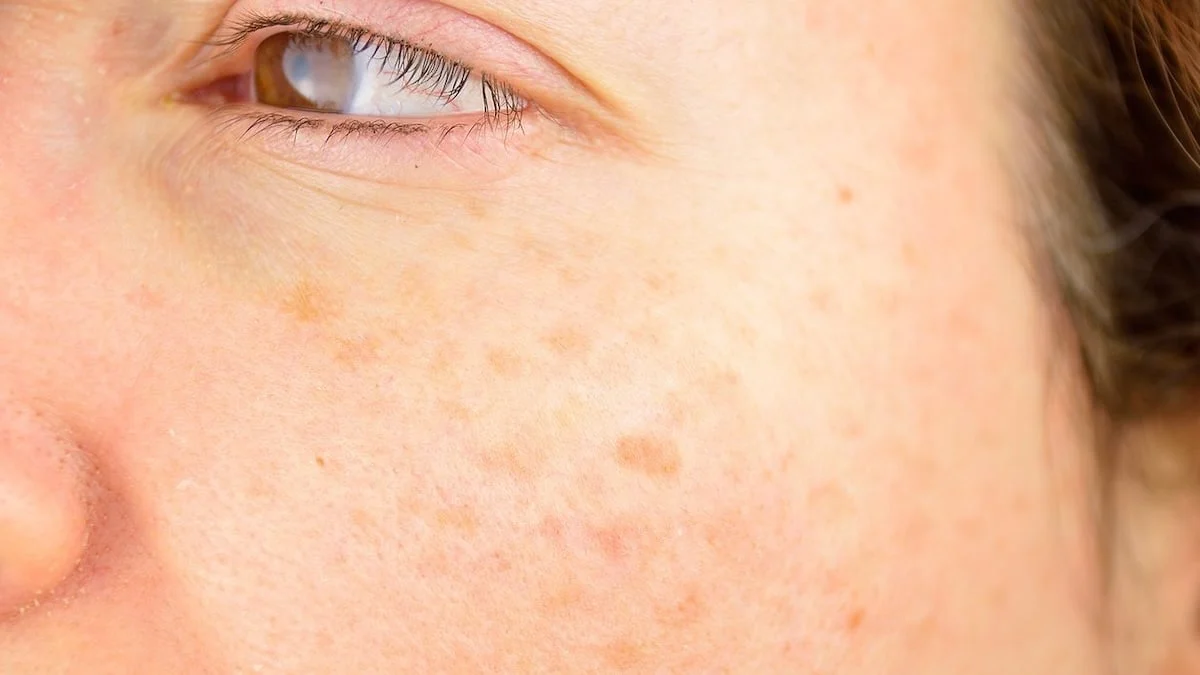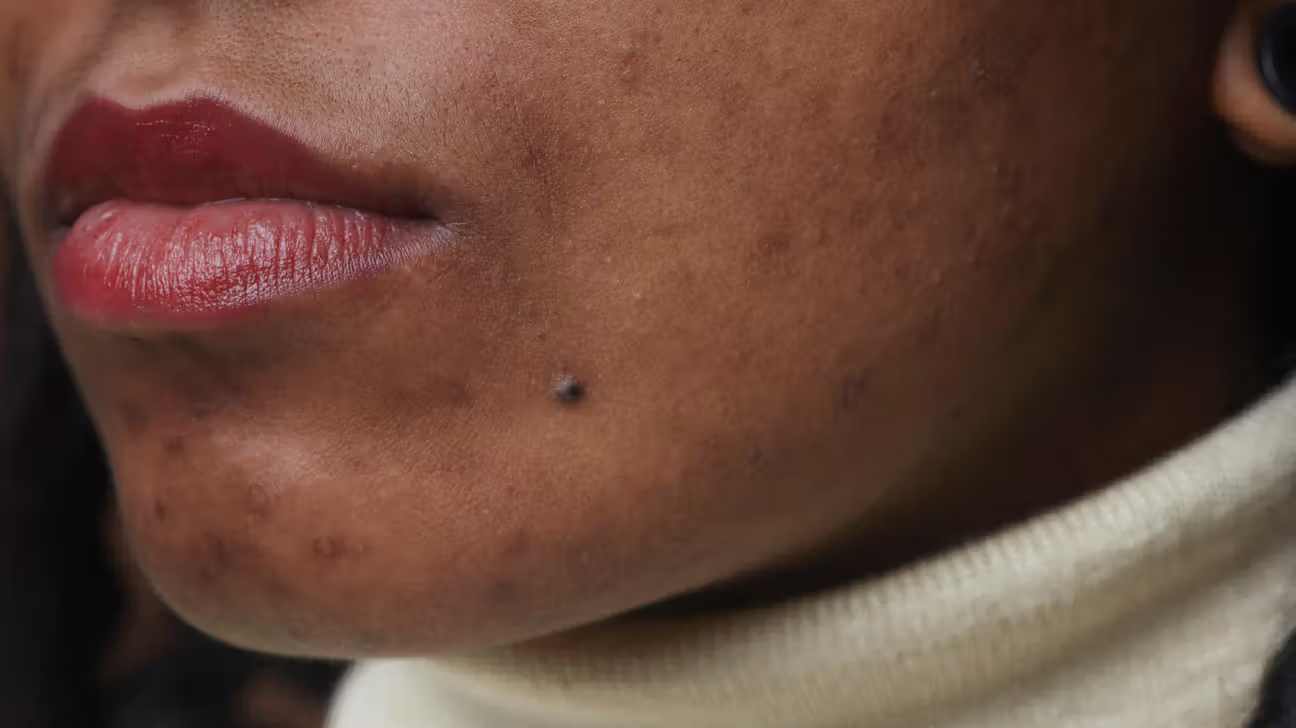Pigmentation
Pigmentation
Skin pigmentation refers to the color of a person’s skin, which is determined by the presence and amount of melanin, a pigment produced by specialized skin cells called melanocytes. The more melanin present, the darker the skin tone.
Types of Skin Pigmentation
- Hypopigmentation – When certain areas of the skin become lighter due to reduced melanin. Causes include:
- Vitiligo (an autoimmune condition)
- Albinism (a genetic disorder)
- Skin damage (scarring)
- Normal Pigmentation Variations – Includes the natural range of skin tones in different ethnicities and freckles, birthmarks, or moles.

- Hyperpigmentation – Certain areas of the skin become darker due to excess melanin production. Uneven hyperpigmentation of the skin is the most common and worrisome condition affecting all skin types. Causes include:
- Sun exposure (sunspots, freckles)
- Hormonal changes (melasma)
- Inflammation or injury . Example – after healing of acne / abrasion / burns.
- Harmful fairness products purchased over the counter etc,.

Treatment options
Treatment ranges from
- Sunscreens,
- Depigmenting creams, serums,
- Chemical peeling
- Q switched lasers and Nd Yag lasers.
The choice and duration of treatment will depend on the cause and the depth of the pigmentation.
